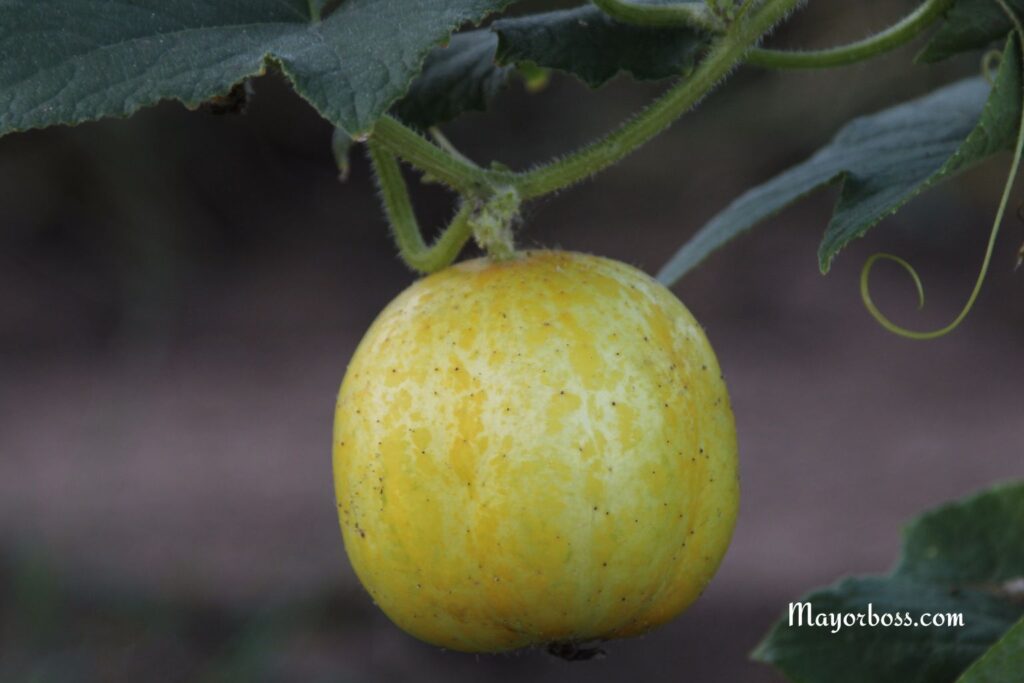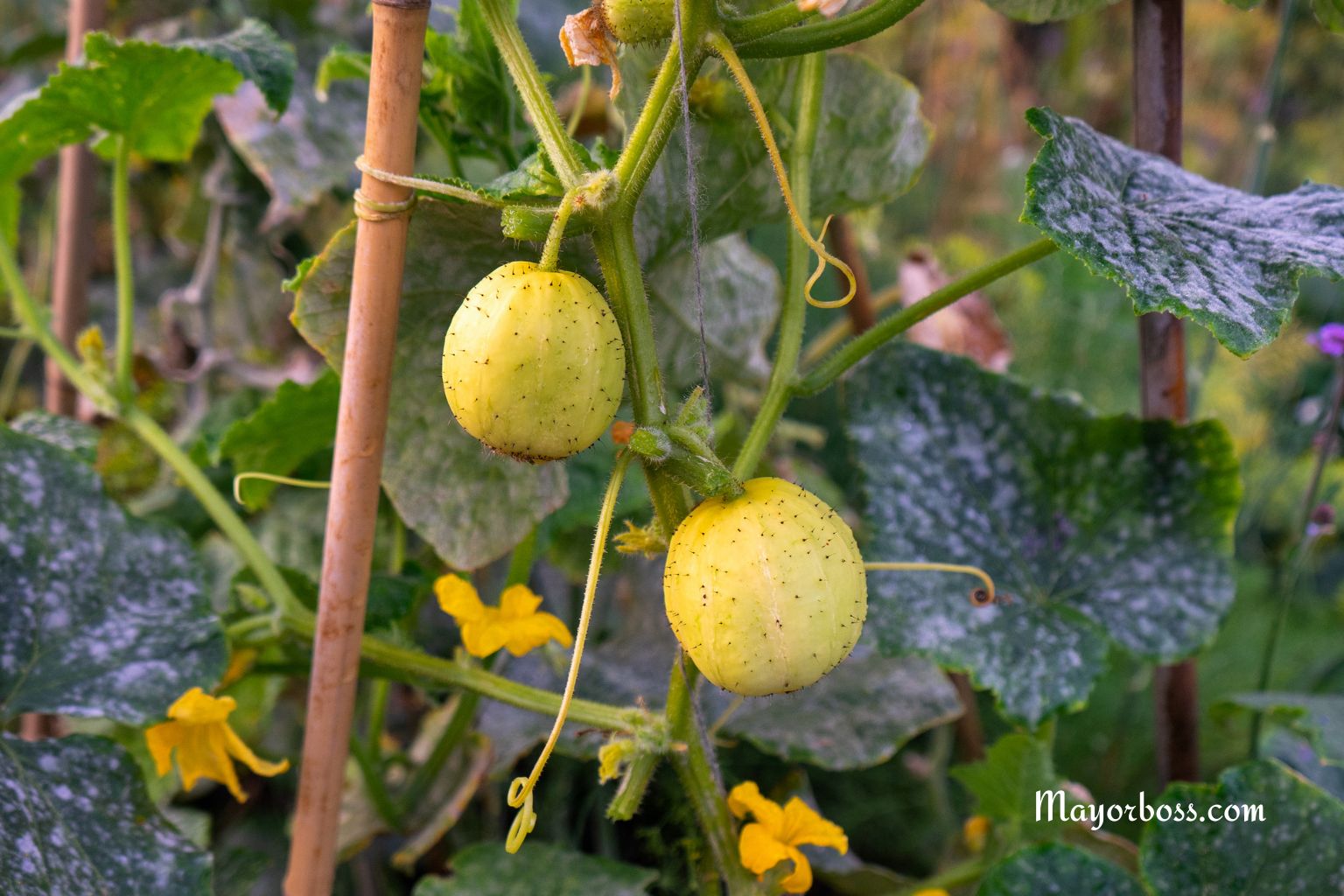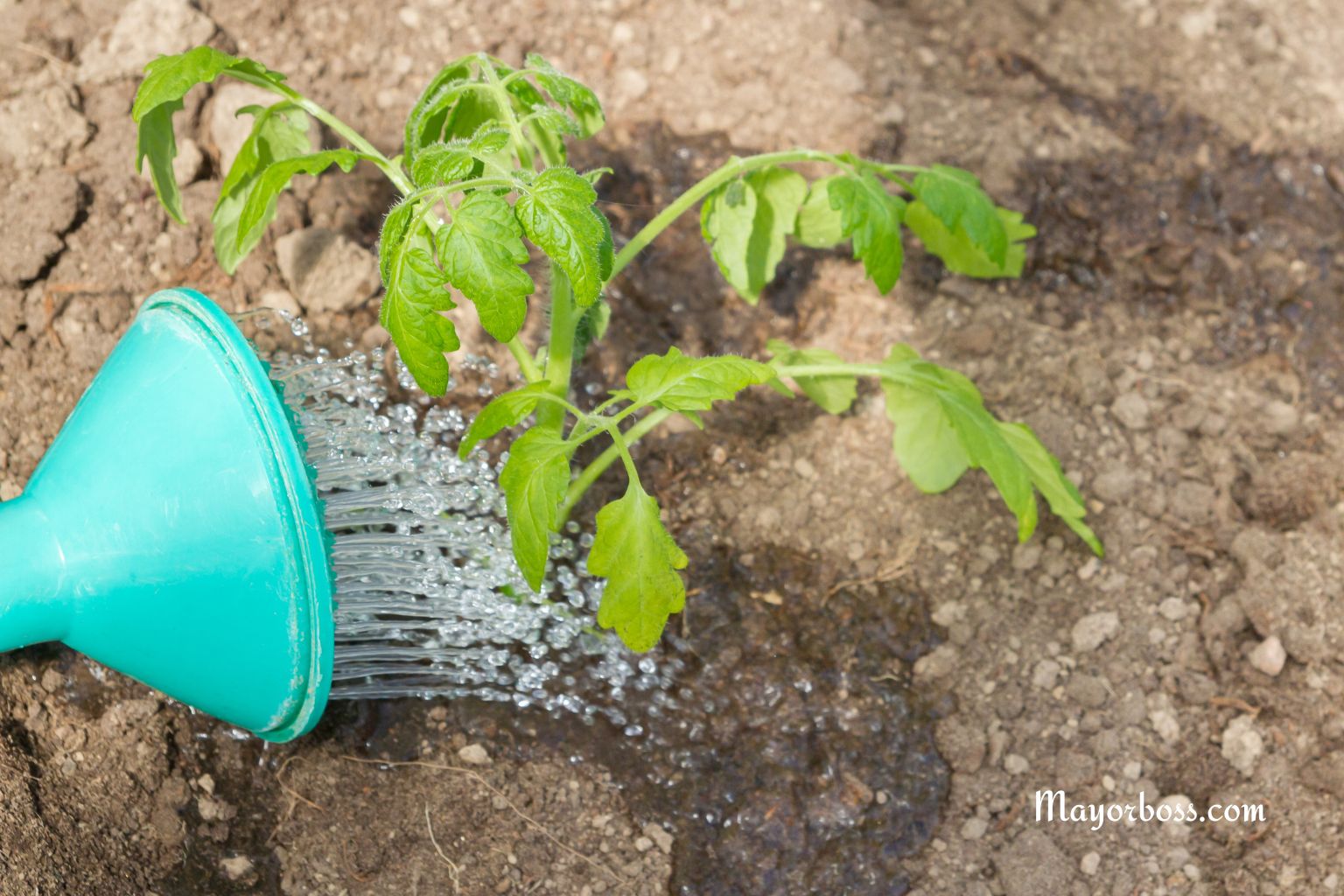How to Grow Lemon Cucumbers in Your Garden (Even If You’re a Beginner)
Lemon cucumbers (Cucumis sativus ‘Lemon’) are a unique, round variety of cucumber with a bright yellow skin and a mild, sweet flavor. They grow best in warm, sunny spots with rich soil and regular watering. Plant seeds after the last frost, keep the soil moist, and harvest when the fruits turn yellow and are about the size of a lemon.
Despite their name, lemon cucumbers don’t have any citrus flavor. They are round, about the size of a lemon, and have a yellow skin when ripe. Their mild, slightly sweet flavor makes them a favorite for salads, snacking, and pickling. Many gardeners enjoy growing lemon cucumbers because they are easy to care for and often more tolerant of heat than regular cucumbers.

If you want to add something different to your garden, lemon cucumbers are a great choice. Here is how you can successfully grow and care for lemon cucumbers in your garden.
Choosing the Right Location
Lemon cucumbers need a sunny spot. They grow best with at least 6 to 8 hours of direct sunlight every day. Choose a location with well-drained soil. Avoid areas where water collects after rain. If your soil is heavy or clay-like, consider using raised beds or adding compost to improve drainage.
Preparing the Soil
Lemon cucumbers thrive in loose, rich soil. Before planting, remove any weeds and rocks from your garden bed. Mix in compost or well-rotted manure to add nutrients. Typically, the soil should be slightly acidic to neutral, with a pH between 6.0 and 7.0.
If you are not sure about your soil’s pH, you can use a simple soil test kit from a garden center. Adjust the pH if needed by adding lime to raise it or sulfur to lower it.
Planting Lemon Cucumber Seeds
You can plant lemon cucumbers directly in the ground after the last frost, when the soil is warm, about 65°F (18°C) or higher. If you want an earlier harvest, start seeds indoors 3 to 4 weeks before the last expected frost and transplant seedlings outside when the weather is warm.
- Direct Sowing: Plant seeds ½ inch deep and about 12 inches apart. If you use rows, keep them 3 to 4 feet apart.
- Starting Indoors: Use small pots filled with seed-starting mix. Keep the soil moist and place pots in a warm, bright spot.
After the seedlings have two sets of true leaves, you can thin them so that the strongest plants remain about a foot apart.
Watering Needs
Lemon cucumbers need consistent moisture, especially while the fruits are growing. More importantly, water the plants deeply once or twice a week, typically based on the weather and how quickly the soil dries out. Try to keep the soil evenly moist but not soggy. Direct water to the base of the plant rather than the leaves. This helps lower the risk of plant diseases.
Mulching around the plants can dramatically help keep the soil moist and reduce weeds.
Supporting Your Plants
Lemon cucumber vines can grow along the ground or climb a trellis. Supporting your plants with a trellis or cage saves space, keeps fruits clean, and helps prevent pests. If you let them sprawl, make sure there is enough room for the vines to spread.

Fertilizing
Lemon cucumbers benefit from a light feeding of balanced fertilizer when the plants start to flower. Too much fertilizer can encourage leaf growth instead of fruit, so avoid overfeeding. Compost added at planting usually provides enough nutrients for healthy growth.
Pest and Disease Control
Watch out for common cucumber pests such as cucumber beetles, aphids, and spider mites. Inspect your plants regularly and remove pests by hand if possible. If the problem continues, you may use insecticidal soap or neem oil, following the label instructions.
Lemon cucumbers can also suffer from powdery mildew, especially in hot, humid weather. To prevent this, make sure plants have good air flow. Water in the morning so leaves dry quickly.
Rotate your cucumber planting spot every year to avoid soil-borne diseases.
Harvesting Lemon Cucumbers
Lemon cucumbers are ready to pick when they are bright yellow and about the size of a lemon. The skin should be firm. Harvest them before they get too large and develop tough skin or large seeds. Regular picking encourages the plant to keep producing.
To harvest, use garden scissors or gently twist the fruit off the vine. Be careful not to damage the plant.
Common Problems and Solutions
- Bitter Taste: Bitter cucumbers often result from irregular watering or hot, dry weather. Keep the soil consistently moist.
- Misshapen Fruit: This can happen if pollination is poor. Attract bees and pollinators to your garden by planting flowers nearby.
- Yellow Leaves: Yellow leaves may indicate too much water, poor soil drainage, or nutrient deficiencies.
Storing and Using Lemon Cucumbers
After harvesting, store lemon cucumbers in the refrigerator. They stay fresh for about a week. Wash them before eating. Use them in salads, sandwiches, or make pickles. Their crisp texture and mild flavor make them a favorite for snacking.
FAQs
1. How long does it take for lemon cucumbers to mature?
Lemon cucumbers usually take about 60 to 70 days from planting to harvest.
2. Can lemon cucumbers be grown in containers?
Yes, lemon cucumbers grow well in large containers. Use a pot at least 12 inches wide and deep, and provide a trellis for support.
3. How often should I water lemon cucumbers?
Typically, watering once or twice a week is enough, but increase the frequency during periods of dry weather.
4. Why are my lemon cucumbers turning orange?
If left too long on the vine, lemon cucumbers may turn orange and become tough. Pick them when they are bright yellow and still tender.
5. Do lemon cucumbers need pollinators?
Yes, lemon cucumbers need bees or other pollinators to set fruit. Planting flowers nearby can attract more pollinators to your garden.






